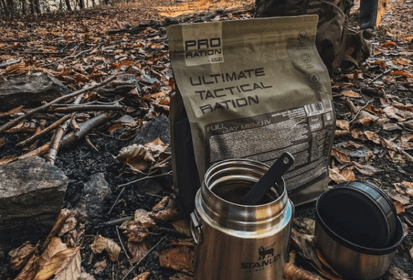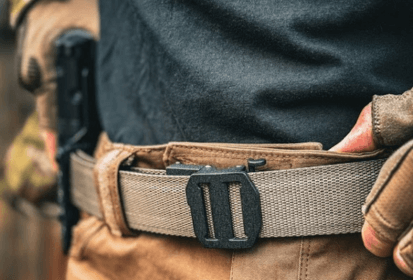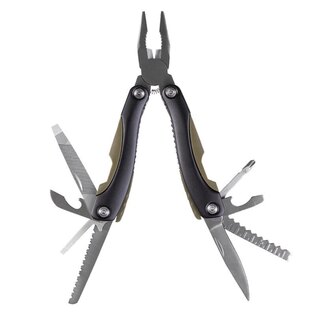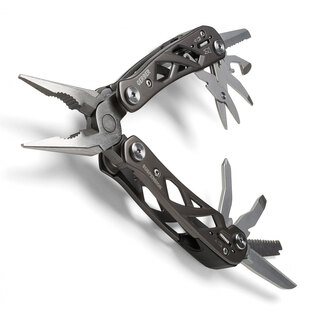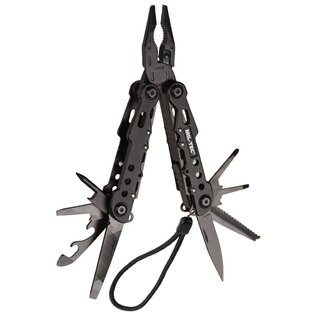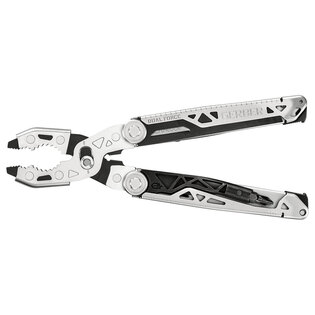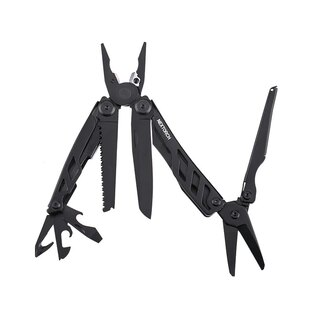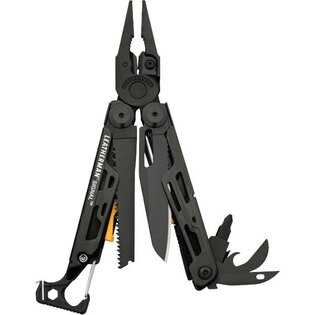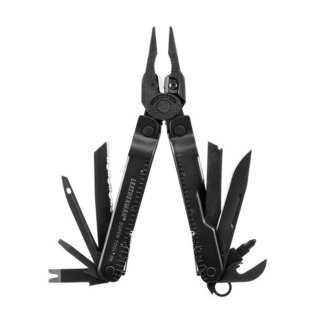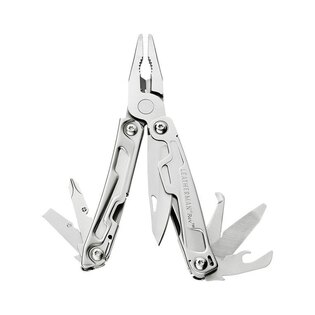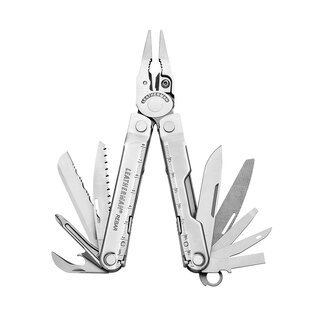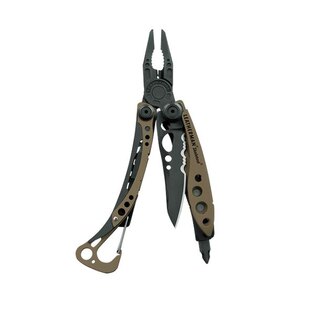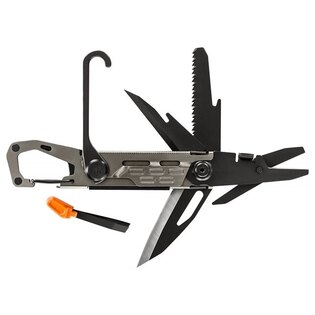How to Choose a Multitool
The market is saturated with multitools—pocket pliers, credit-card-sized gadgets, or belt-carried gear. While most tools promise universal functionality, the reality is more nuanced. Some multitools are better suited for light urban use, while others excel in demanding fieldwork.
Multitools typically offer functions like cutting, screwing, tightening, and sometimes even light sawing. That said, their blades rarely match the capabilities of a full outdoor knife. Consider cutting functionality as a backup, not a replacement.
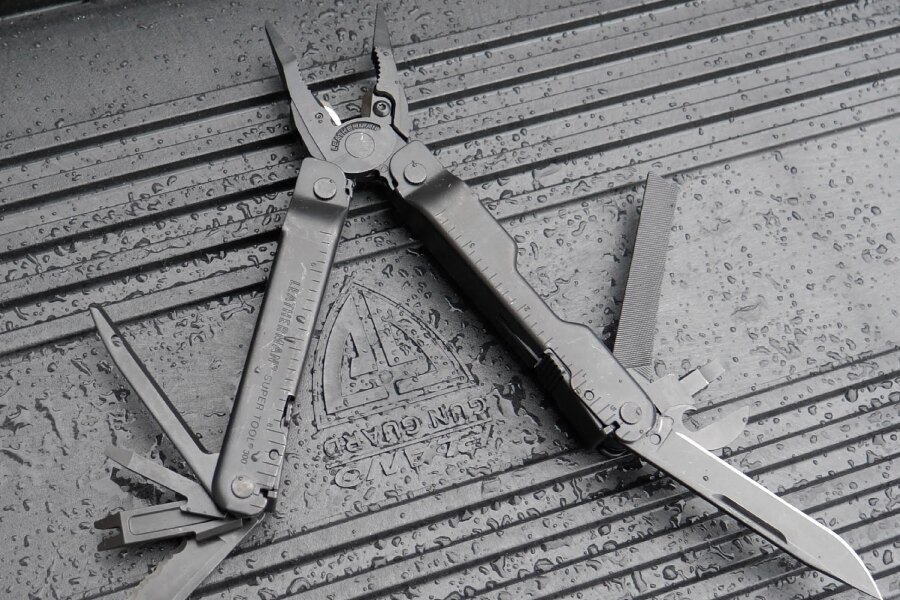
Choose a multitool that will best suit your needs. Leatherman Super Tool includes, in addition to classic tools, several features for shooters.
According to which factors is it appropriate to choose multifunctional tools?
1. How Will You Carry It?
The first consideration is how you plan to carry your multitool. More functions often mean a larger and heavier tool—which may be fine for extended bushcraft outings, but not ideal for short hikes or everyday carry.
Carry Options:
- Keychain: Compact but limited in functionality. Best for quick fixes in urban settings—tightening glasses, minor bike or bag repairs.
- Pocket: A balance between size and function. Pocket multitools offer more versatility while remaining portable. Great for glove boxes or light maintenance while traveling.
- Belt: Larger multitools that are too bulky for pockets. Ideal if you're already wearing a tactical belt. Offers maximum tool variety but less mobility.
2. Know Your Specific Needs
Before choosing a multitool, clarify your most common use cases. Whether it’s adjusting your bike, fixing glasses, or maintaining gear, list out the tools you’ll actually use.
Many products—even specialized ones like firearm or bike tools—offer minimal functions beyond their intended use. Lay out what you already have and avoid duplication. If you’re planning to carry more than one multitool, make sure each one adds unique value.
For survival and outdoor use, prioritize tools like can openers, bottle openers, and saws. These will prove far more valuable than mini screwdrivers in the wilderness.

When choosing a multitool, stick to quality and proven brands. Leatherman Wave is one of the best-selling multitools from the Leatherman brand offered by Rigad.
3. Multitool vs. Dedicated Tool
Sometimes a specialized tool is simply better. For frequent or high-torque tasks, like heavy screwing, a standalone screwdriver will outperform a multitool. A dedicated tool offers more leverage, comfort, and durability.
Multitools shine when you’re unsure what challenges you’ll face. They make a perfect addition to an emergency kit and pair well with a solid outdoor knife.
Situations where a multitool is useful:
- Quick gear repairs
- Battery replacement in electronics
- Temporary fixes on tents, packs, or clothing
A multitool with a basic cutting edge is also a useful supplement to your main knife.
4. Don’t Skimp on Quality
Price matters, but reliability matters more. Cheap, unbranded multitools might look compact and feature-rich—but often break after a few uses. Invest in trusted brands that emphasize function over flashy extras.
Be wary of tools boasting too many features for a low price. Poor build quality means more dead weight and broken functions in your pack.
Even budget multitools with built-in flashlights rarely deliver strong performance. And realistically, using the multitool and flashlight simultaneously is impractical.
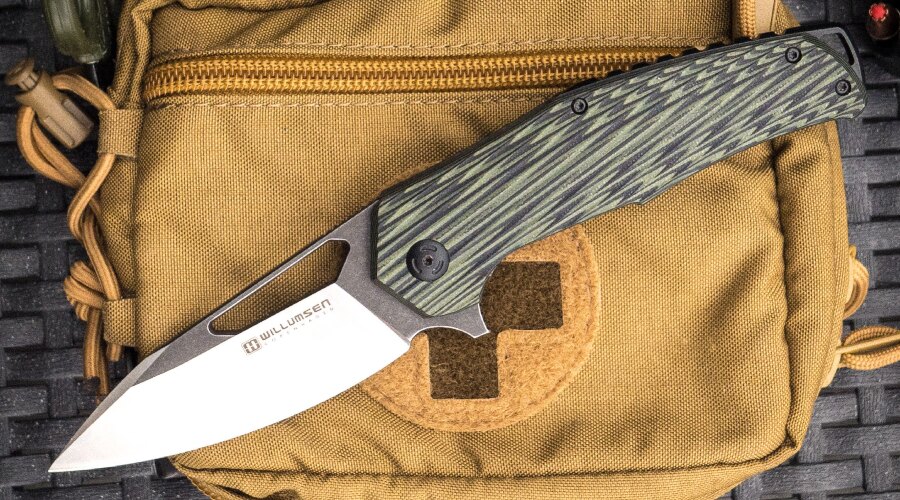
Multitool is suitable for use in combination with a quality knife. The Willumsen Copenhagen knife not only has an attractive design but also great functionality.
5. Get a Proper Knife Separately
Yes, most multitools include a knife blade. But they’re rarely suitable for tasks like batonning wood or building shelters. Multitool blades are thin, flexible, and dull quickly.
Additionally, multitools lack the ergonomic handle shape of real outdoor knives. Holding a multitool “by the pliers” while cutting isn’t just awkward—it’s inefficient.
Use your multitool as a supplement—not a substitute—for a quality knife.
Readers are further interested
